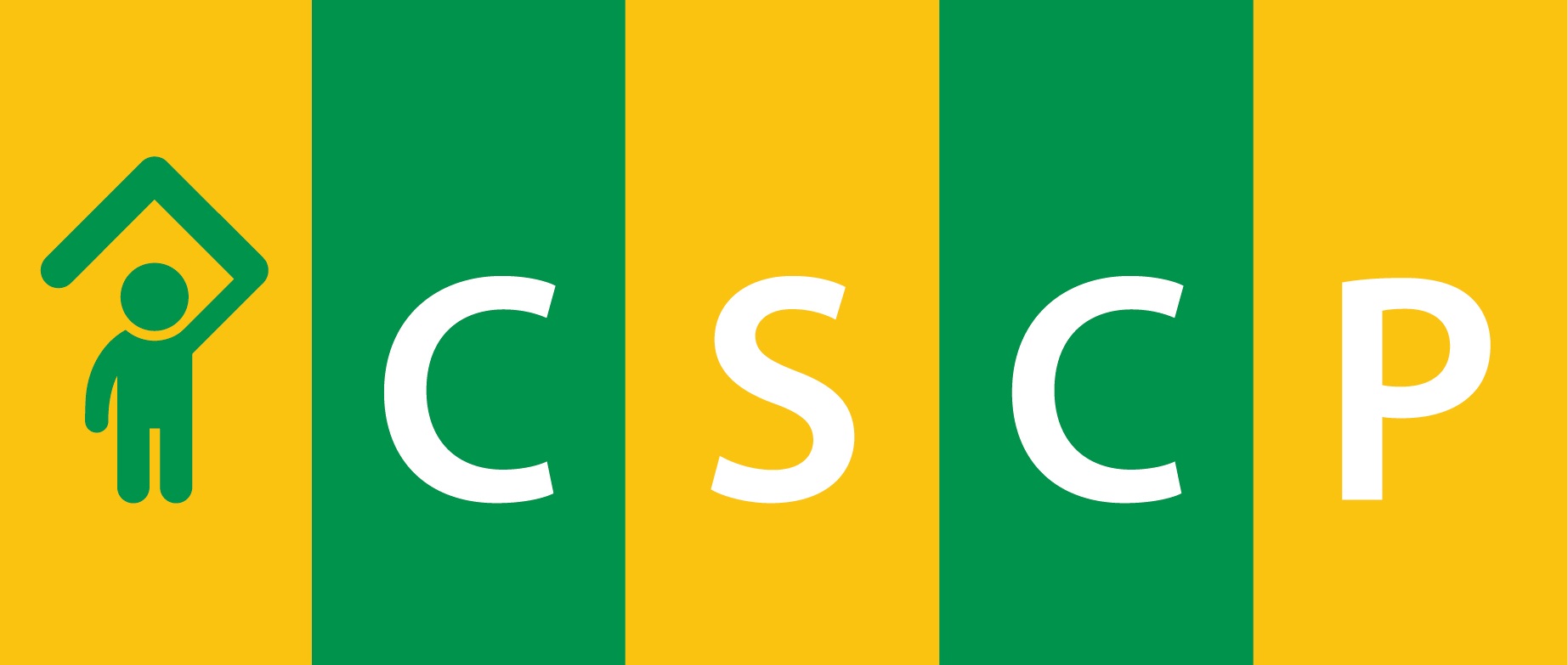Safer Sleep (SIDS)
Sadly, around four babies a week die from Sudden Infant Death Syndrome (SIDS) and if all parents were aware of safer sleep advice, many of these babies lives could be saved.
Around 700,000 babies are born every year in the UK and we want all new parents and carers to have the advice and guidance they need to keep their children as safe as possible, whilst they are sleeping.
Safer Sleep advice should be followed for all sleep periods, where possible, not just at night.
Advice for Parents and Carers
The Lullaby Trust is a national charity that raises awareness of SIDS, provides expert advice on safer sleep for babies and offers emotional support for bereaved families.
The Basics
This page includes a range of information to ensure that babies are as safe as possible, whilst they are sleeping. However, here are some basics for parents:
- Lie your baby on their back
- Keep your baby’s cot clear from toys, pillows or blankets
- Use a firm, waterproof mattress
- Keep your baby smoke free
- Avoid your baby getting too hot
- Sleep your baby in the same room as you for, at least, the first six months
The Lullaby Trust has created a Safer Sleep Guide for Parents, which includes everything parents and carers need to know about Safer Sleep: Safer-sleep-guide-for-parents.pdf
Baby’s Sleep Patterns
Babies’ sleep patterns are different to adults’ and they change over the first few years.
Parents might feel like they should help their baby to sleep for longer or through the night. However, it is normal for babies under one (or sometimes older) to wake up during the night. Young babies will wake frequently to be fed. Night waking can be really hard, so ensuring that parents ask for help and make a plan for how to cope can really help.
Encouraging babies to sleep for longer and more deeply for their stage of development may affect their ability to wake up if something is wrong, such as if their mouth and nose become covered. This is a risk of SIDS.
Further information on Baby’s Sleep Patterns, can be found on the Lullaby Trust’s website: Baby sleep patterns | The Lullaby Trust
The Best Sleeping Positions for Babies
The safest way for a baby to sleep is on their back, known as the supine position. Always place your baby on their back to sleep, rather than on their front or side, as this is one of the best things you can do to make sure they’re sleeping as safely as possible.
There’s a lot of evidence from around the world showing that placing your baby on their back at the beginning of every sleep or nap, day or night, lowers the risk of SIDS.
Once your baby can move themselves from their back to their front and back again by themselves, they will be able to find their own sleeping position.
Further information on the best sleeping positions for your baby, can be found on the Lullaby Trust’s website: Sleeping position | The Lullaby Trust
Where should my Baby Sleep?
For the first six months, babies should always be in the same room as you for sleep, day and night. This doesn’t mean you can’t leave the room to make a cup of tea or go to the toilet, but when they’re sleeping, they are safest if you’re close by most of the time.
There are no devices on the market that can replace a parent or carer being in the same room.
Further information about where your baby should sleep, can be found on the Lullaby Trust’s website: Room sharing | The Lullaby Trust
Expectant Parents
It’s never too early to start preparing a safe sleep space for a little one’s arrival.
The Lullaby Trust have created a Guide to the Basics of Safer Sleep for Expectant Parents, which aims to help expectant parents create a safer sleep routine from the moment they bring their baby home. This guide is provided in the following video: Preparing for a baby: Safer Sleep Advice Summary
Signposting Families for Support
If professionals know a family who needs support with their baby’s sleep pattern or safer sleep, please signpost them to their midwife, GP or Health Visitor.
